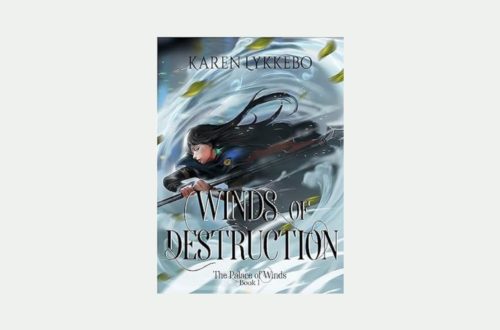Have you read reviews that describe the whole story of a book (movie, show, etc.) and found yourself disappointed? Or read a review that led to reading a book and discovering that the most interesting plot had been given away in the review? Maybe you have to write a review and have no clue how to do that.
You are in the right place! In this post, I will explain how to write a killer review without spoilers. If you are new to my blog and not sure do my advice is worth reading (and following) then you can check out my ARC review and all future ones will be found here.
Spoilers spoil it
I hate when a review turns out to be a retelling of a story. Retelling and summarizing have their purposes and are needed, but they should be labeled correctly. I was in an in-depth study of literature and was required to read a lot of books. So I was thankful for finding someone’s retellings on the books I didn’t have time to fully read.
Review – to think or talk about something again, in order to make changes to it or to make a decision about it:Cambridge dictionary
I don’t like it when I am looking for a new book or a movie and find myself ripped off a chance to explore the story myself. Especially when they give away the plot. Why would I spend my time following a story I already know?
But how can you review without a story?
This actually is easier than it seems. In this post, I will focus on books so it would be easier to write (and read), but this can be applied to anything – books, movies, TV shows, blogs, etc. The form of a creation doesn’t matter. The goal is to let the reader know did you liked it or not and why. Not to explain what is happening in the story.
The main secret ingredient of a good review is former familiarity with books. It will be hard to write a good review on the first book you read. So you have anything to compare it to? The more you have read the better and it helps if you have read a different type of book.
What did you read?
Firstly in the introduction, you can talk about what did you read and why. A good way to introduce the book is to name, the author and recap author has chosen. The first two are needed so the reader knows, what to look for (or avoid). The recap is public anyway so you can’t spoil anything with this. I used them a lot in school since we needed to hit a certain length.
In this way – you can explain how you found the book and what made you read it in the first place. You probably had heard something about it or someone recommended it. This is also a good place to add some of your expectations to the book you had before reading. Apparently in school mandatory reviews “the teacher told me” don’t get positive feedback from a teacher – so for school purposes figure out some better reason or skip this part.
Compare it with other books
This part needs that you have read at least a few books before. A good way is to review the writing style of the current book and compare the writing with other books, authors, or other books from the same author.
Some authors have vivid description skills, some create explosive dialogue, some have excellent and twisting backstory. Most of the authors try to balance these and here you can judge with your own words how did it work. Are there more descriptions than other similar books or less. Did the storyline followed same path as other similar books or not?
Some authors have vivid description skills, some create explosive dialogue, and some have excellent and twisting back stories. Most of the authors try to balance these and here you can judge with your own words how it worked. Are there more descriptions than other similar books or less? Did the storyline follow the same path as other similar books or not?
For example, romance books tend to follow a path where the main character meets the One, there will be some obstacles and in the end – they get together and live happily ever after. So if you read romance book that went off the path you can point out there was unexpected twist. But don’t tell what. Let the next reader have the same suprise element that you had.
How did you felt?
There is no better way to give review a personal touch than to tell how did you felt while reading. Were you caught in the story, exited, sad, anxious, irritated, surprised – any feeling you had while reading is worth mentioning and the good book will give you several of them. Use them and bind different feelings together to describe the book.
Ending the review
But don’t spill all your feelings and thoughts in one breath. Leave some, and maybe the best ones to the end. Sum up your experience with the book and reveal your recommendation clearly: would you suggest a current book to others and why – or why not?
If not – don’t forget that people are different and someone else might like it. So in here you have a change to say who might enjoy it. Bring out that if a reader likes some dominant characteristic of the book then this book might be right for a reader.
I hope this post has given you ideas how to write a review or give some extra layer to any other writinh
I hope this post has given you ideas how to write a review or give some extra layer to any other writinh




